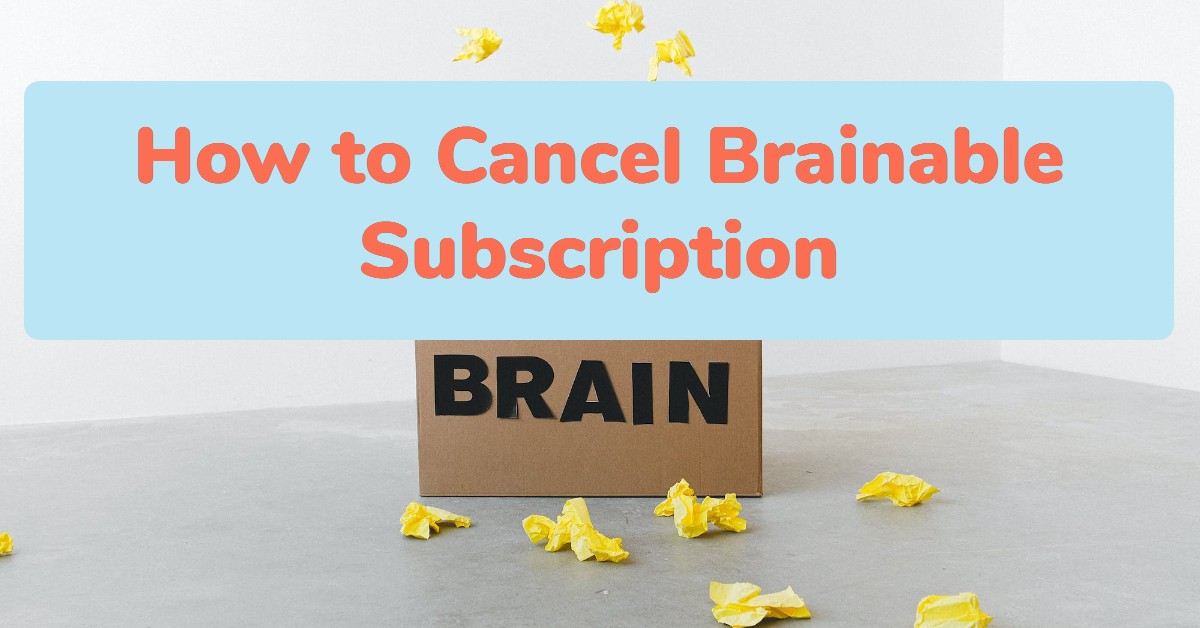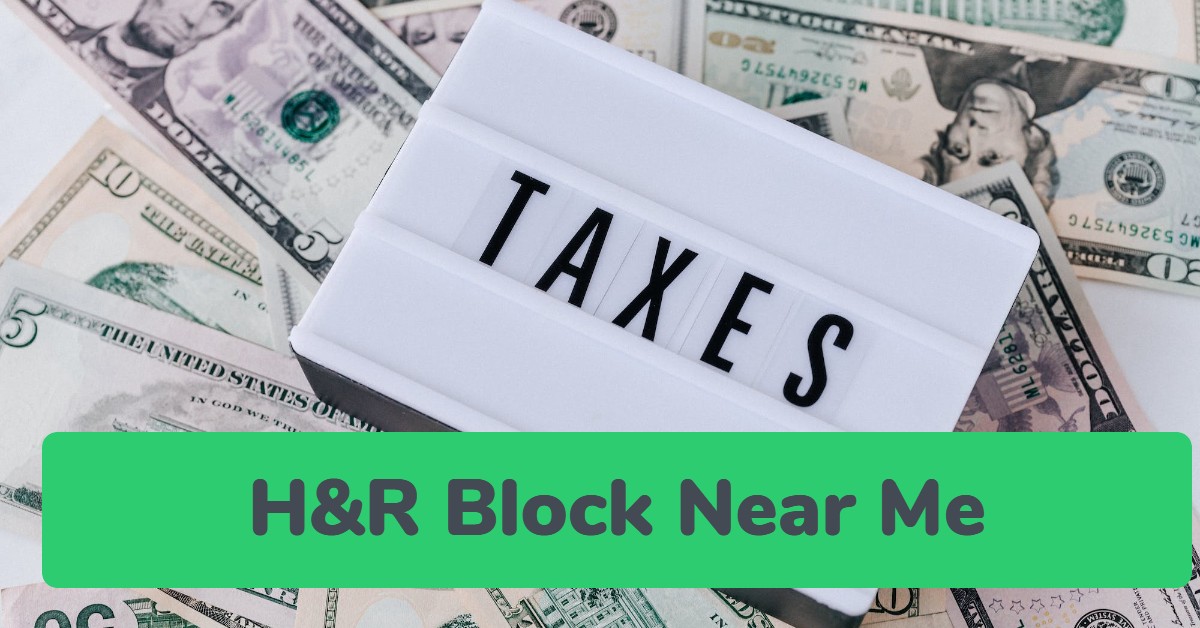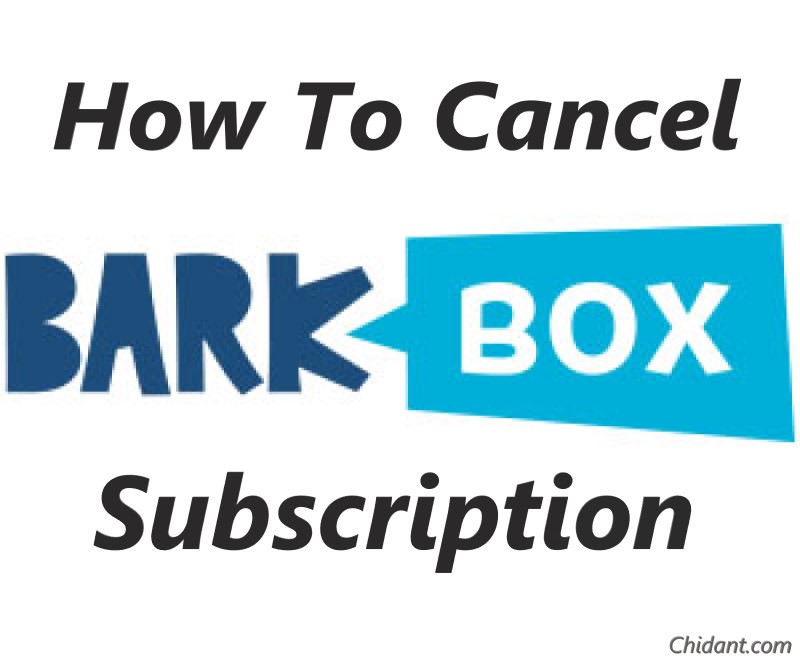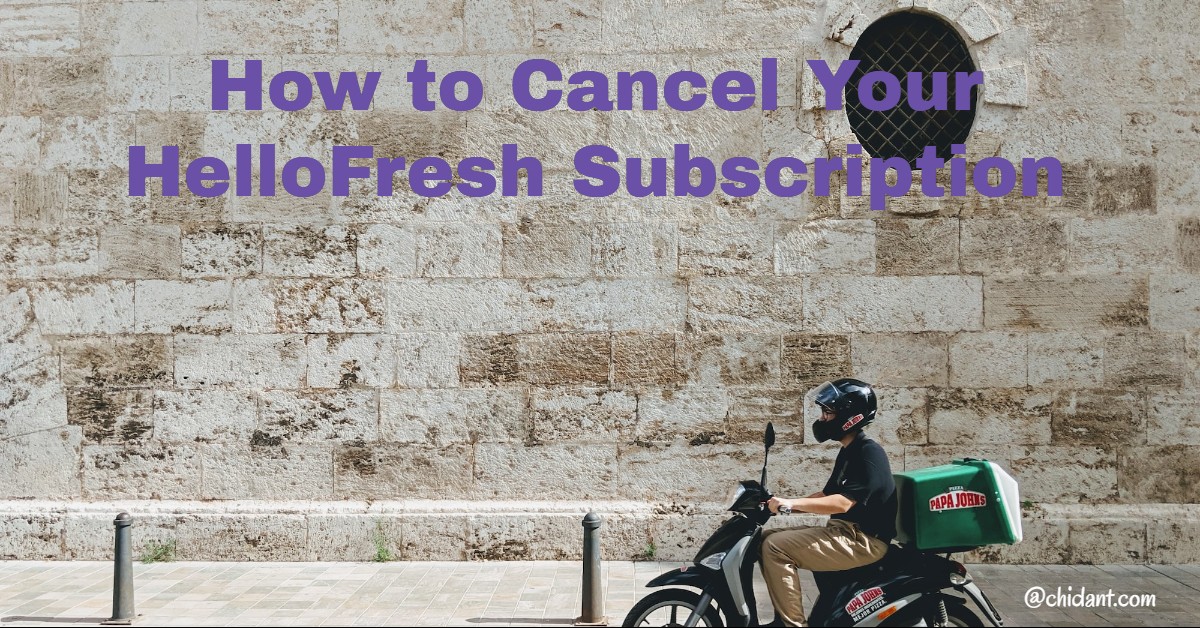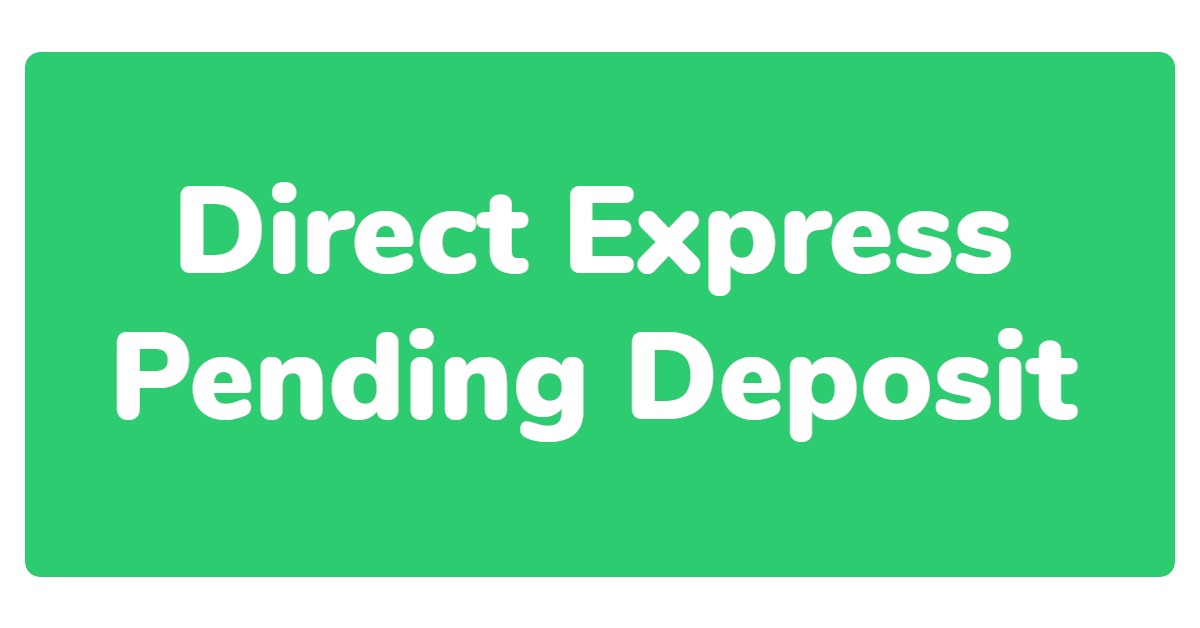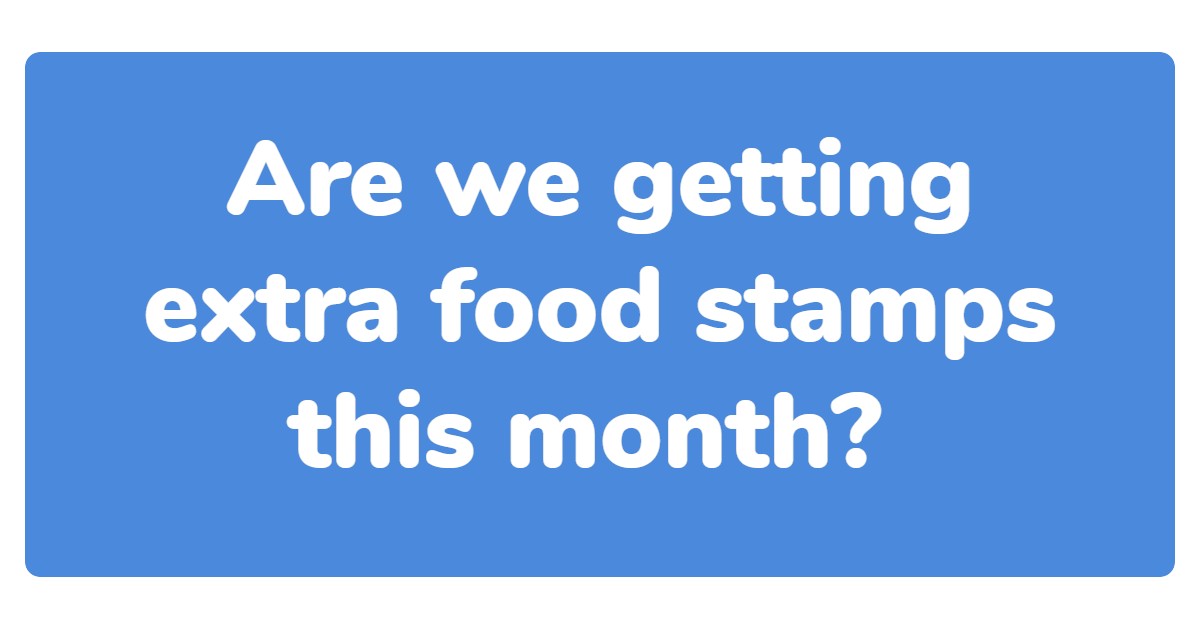Are we getting extra food stamps this month? If this is the question on your mind, you can be sure to get the answers you need here.

If your state is eligible, you can be sure to get extra food stamps this month via the emergency allotment and SNAP.
Are we getting extra food stamps this month? Emergency Allotment 2023
Supplemental Nutrition Assistance Program (SNAP) recipients may be surprised to learn that their monthly benefits will be reduced this spring.
For the past two years, emergency allotments of what was once known as “food stamps” have been in place. However, they are set to expire at the end of February as part of a new government spending bill.
Eligible families have received a 15% increase in SNAP benefits since January 2021, with a maximum benefit based on household size rather than income.
The increased benefits were supposed to end once the government declared the Covid public health emergency over. However, while the public health emergency has been extended until April, the allotments will expire sooner.
That means that beginning in March 2023, SNAP benefits and eligibility requirements will revert to pre-pandemic levels.
The USDA has approved requests from some states to provide Emergency Allotments to FoodShare households for the month of January to February 2023.
FoodShare Households in the United States will once again receive the maximum monthly food benefit amount.
Expect to see benefits available for use on QUEST cards.
The USDA has been approving Emergency Allotments on a month-to-month basis since the spring of 2020.
Emergency Allotments Monthly Approvals
Under the emergency allotment program, SNAP recipients received either an extra $95 per month or benefit up to the maximum amount for their household size, whichever amount was greater.
In March, recipients will stop receiving this increase, and the benefit amount will be based on your household income rather than household size. Though the maximum monthly benefit recipient households can receive has increased from 2022 levels, some recipients may find themselves with a lower monthly allotment than they expect due to the expiration of the boost.
The Table below shows the change in monthly benefits from the fiscal year 2022 to 2023
| Household Size | Maximum Monthly Benefit, Fiscal Year 2022 | Maximum Monthly Benefit, Fiscal Year 2023 |
| 1 | $250 | $281 |
| 2 | $459 | $516 |
| 3 | $658 | $740 |
| 4 | $835 | $939 |
| 5 | $992 | $1,116 |
| 6 | $1,190 | $1,339 |
| 7 | $1,316 | $1,480 |
| 8 | $1,504 | $1,691 |
| Each additional person | $188 | $211 |
Source: USDA. This applies to 48 states and the District of Columbia; Alaska and Hawaii are calculated separately.
The extra food stamps (emergency allotments) approval depends on the following factors:
- Monthly State Request to the USDA
- National Public Health Emergency declaration. Renewed, effective July 15, 2022, for an additional 90 days.
- State-issued emergency/disaster declaration.
You can visit the USDA website to see if your state has been approved for Emergency Allotments.
States that have opted out of the emergency allotment
Almost half of the states have already ended emergency allocations.
SNAP is a federal-state program, and some state leaders expressed concern that continued higher benefits would discourage people from looking for work in a tight labor market. So far, 21 states have opted out of the program.
The SNAP Covid Boost expires on January 30 for 25 states and the District of Columbia. Extensions have been approved for the following states:
- Alabama
- Colorado
- Connecticut
- Delaware
- District of Columbia
- Hawaii
- Ilinois
- Kansas
- Louisiana
- Maryland
- Michigan
- New Jersey
- New Mexico
- New York
- North Carolina
- Ohio
- Oklahoma
- Oregon
- Pennsylvania
- Rhode Island
- South Carolina
- Texas
- Utah
- Virginia
- Washington
- West Virginia
The increase in SNAP benefits will end on February 28 for recipients in the following states:
- California
- Kansas
- Maine
- New Hampshire
- Vermont
- Wisconsin.
Social Security Increase And Its Effect on SNAP
Increases in Social Security also reduce SNAP benefits. Families receiving Social Security and SNAP benefits will also see a reduction in their food benefits this year.
To keep up with inflation, the Social Security Administration adjusts the cost of living every year. Social Security benefits increased by 8.7% in January 2023, the largest increase in 40 years.
Because Social Security benefits are considered income, this increase will have an impact on the SNAP benefits that Social Security recipients are eligible for. According to the United States Department of Agriculture (USDA), the primary source of income for SNAP households is Social Security.
“When Social Security or any household income increases, SNAP benefits may decrease,” the USDA says.
Emergency Allotment Minimum Payment Amount
Remember, households either get the difference between their regular FoodShare benefit and the maximum monthly food benefit for their household size on the stated payment date (that difference is the “emergency allotment“) or $95, whichever is more.
In other words, everyone will see at least a minimum $95 emergency allotment.
This ensures the lowest income families already getting the maximum monthly food benefit amount also see an emergency allotment.
What exactly is the emergency allotment?
Emergency allotments were authorized under the Families First Coronavirus Response Act to help address temporary food needs during the pandemic for SNAP households.
(SNAP stands for Supplemental Nutrition Assistance Program. )
According to the U.S. Department of Agriculture, Emergency Allotment amounts are equal to the maximum benefit for the household size minus their monthly base benefit.
SNAP Emergency Allotment Per Household Sizes
| Household Size | Maximum SNAP Allotment |
| 1 | $250 |
| 2 | $459 |
| 3 | $658 |
| 4 | $835 |
| 5 | $992 |
| 6 | $1,190 |
| 7 | $1,316 |
| 8 | $1,504 |
***For each additional member over 8, add $188.
As we have noted, COVID-19 waivers allowing the issuance of emergency allotments have been extended for some states till February 2023. Eligible school children and children in childcare programs may also receive temporary emergency food assistance (P-EBT) during the upcoming summer months.
When did the additional SNAP benefits begin?
As the pandemic began to take hold of the world in March 2020, the federal Families First Coronavirus Response Act (FFCRA) was passed, authorizing the use of emergency allotment supplemental benefits to SNAP households.
States were then granted authority to provide supplemental EA SNAP benefits to households that were not receiving the maximum benefit for their household size.
The United States Department of Agriculture (USDA) changed its supplementation policy in April 2021, authorizing the payment of a supplement of at least $95 to all households receiving SNAP benefits.
Read SNAP Emergency Allotments (EA) Provision in the Consolidated Appropriations Act, 2023, Here.
Who qualifies for the additional SNAP benefits?
All households receiving SNAP benefits are eligible for the Emergency Allotment benefits, as long as their state allows for the additional payments.
This includes households that already receive the maximum SNAP benefit amount for their household size and those eligible for a monthly supplement of less than $95.
These extra funds are credited directly to the recipient’s electronic benefits transfer card (EBT).
The EBT card functions similarly to a debit card, with the added restriction of only being accepted at authorized retailers.
How to Apply for FoodShare (Emergency Allotment)
The FoodShare program can help you buy healthy food. There are four ways you can apply for FoodShare. The four ways are as follows:
- Online through the ACCESS website. Select Apply Now to apply.
- Call your agency.
- Visit your agency.
- Fill out a paper application.
Click on the learn more option to read more about eligibility and how to apply.
Note: Your agency is based on the county or tribe you live in. Each county agency is part of a larger group called a consortium.
You can find out if you qualify for FoodShare benefits before you apply. Go to the ACCESS website, and select See if you can get help.
What to expect after you apply
After you apply for FoodShare, you must complete an interview. You can call or wait for your agency to call you for the interview.
Your interview will be done by phone. You also can ask to meet in person at your agency office. You can find information about completing the interview on the application.
How to Find Emergency Allotment Info in Your State
USDA has granted waivers to the following states, allowing for the issuance of emergency allotments (supplements) based on a public health emergency declaration by the Secretary of Health and Human Services under section 319 of the Public Health Service Act related to an outbreak of COVID-19 when a state has also issued an emergency or disaster declaration.
Acknowledged Extensions (through January 2023)
The following states are eligible to get extra food stamps this month:
- Alabama
- Colorado
- Connecticut
- Delaware
- District of Columbia
- Hawaii
- Ilinois
- Kansas
- Louisiana
- Maryland
- Michigan
- New Jersey
- New Mexico
- New York
- North Carolina
- Ohio
- Oklahoma
- Oregon
- Pennsylvania
- Rhode Island
- South Carolina
- Texas
- Utah
- Virginia
- Washington
- West Virginia
Acknowledged Extensions (through February 2023)
- California
- Kansas
- Maine
- New Hampshire
- Vermont
- Wisconsin
Food prices continue to rise while SNAP benefits are reduced
Although the modest increase in Social Security benefits assists households, prices in many areas of life, from gas and electricity to rent and food, continue to rise.
Elaine Waxman, a senior fellow in the Urban Institute’s Income and Benefits Policy Center, is concerned that many families will face food insecurity once emergency assistance runs out.
“We’re still dealing with historically high rates of inflation,” Waxman says. “So, even if the public health emergency has passed and Social Security benefits have increased, we’re still not looking at the true cost of living for people at the bottom of the economic ladder.”
Food prices are expected to rise between 3.5% and 4.5% in 2023, according to the USDA. This is in addition to the 10.6% increase from November 2021 to November 2022, which has many consumers reeling.
Even though the unemployment rate is low, indicating economic stability, Waxman claims that the national decline in the unemployment rate is not felt by everyone, particularly people of color and those with low education levels.
“The people who qualify for the lower benefit level will bear the brunt of this reduction in SNAP benefits,” Waxman says. “Inflation and recessions always hit people who have fewer resources and less cushion.”




